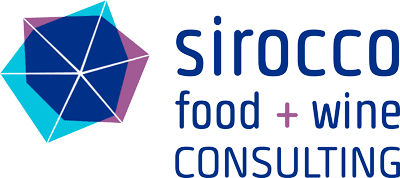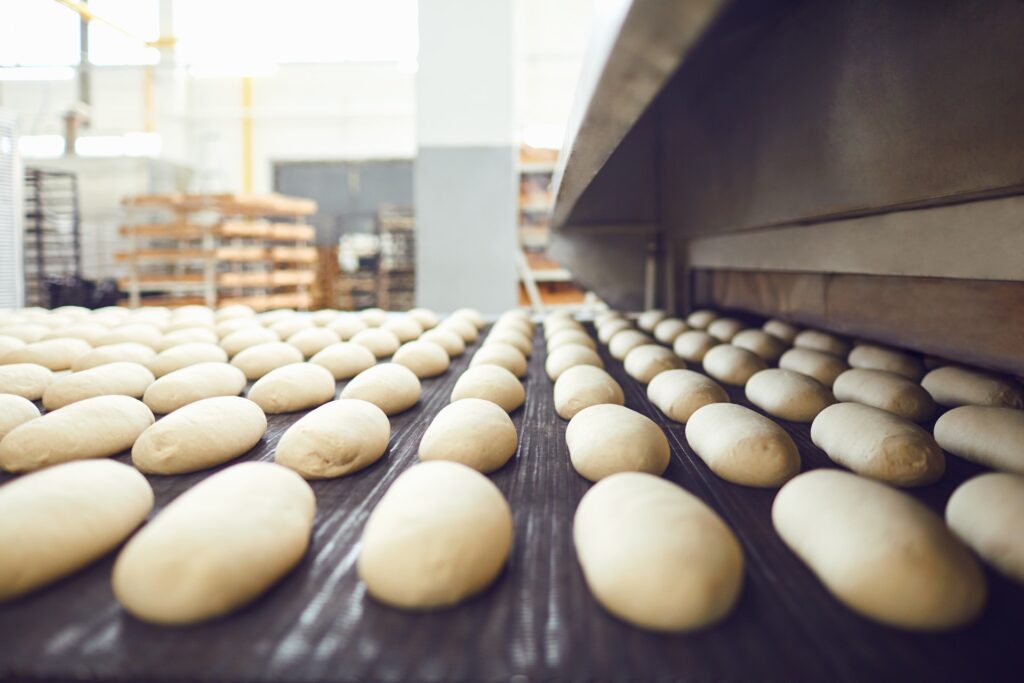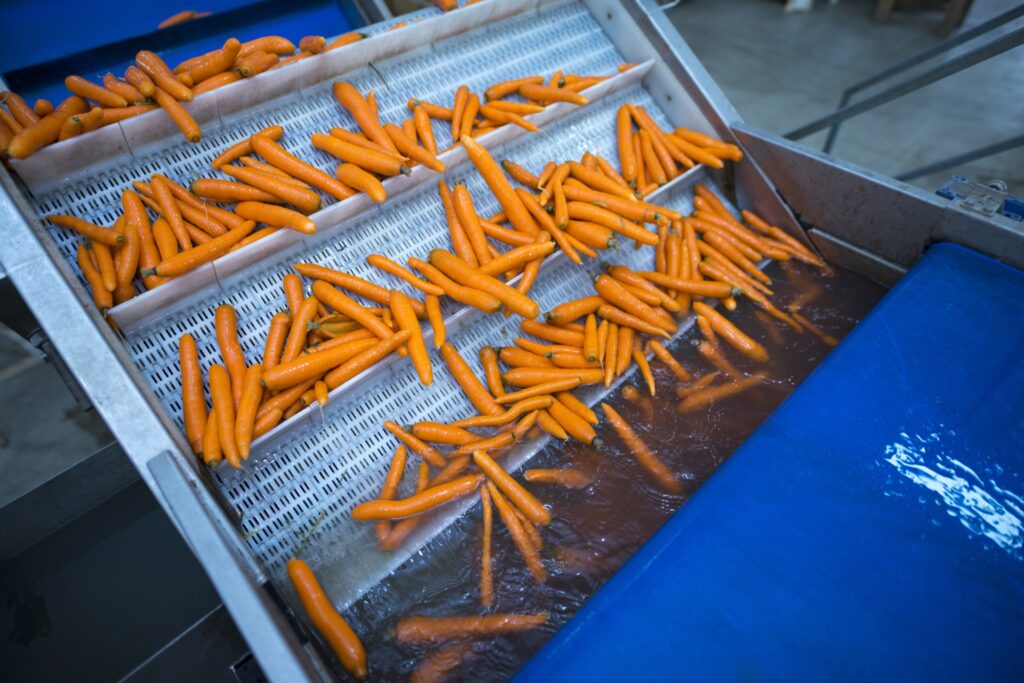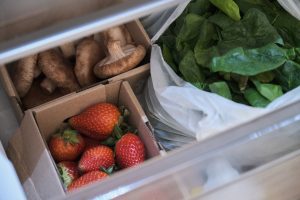Let’s get started and review the elements of a preventive control plan. A PCP is a plan that details the analysis of the product information/ hazard assessment and manufacture/ foreign manufacturer’s food safety systems to determine the control measures and verification activities that must be followed to produce food products that meet the Safe Food for Canadian requirements.
Preventive Control Plan for Food Manufacturers
The PCP for Food Manufacturers have a few steps as listed below:
- Product Information
- Raw materials (ingredients, packaging material) and chemicals
- Process flow
- Traffic Flow
- Hazard analysis
- Verification Procedures
The process of developing a Preventive Control Plan is similar to the HACCP program development but utilizes the SFCR PCP template that can be downloaded at the CFIA website.
You must use the Maintenance and Operations of Establishment Checklist and develop the procedures to comply with SFCR requirements under sections 50 to 85, along with the PCP plan. A PCP plan only describes the framework of your process controls. It states the summary of how you decide to control the identified hazards.
If you are familiar with the HACCP program, you will realize quickly that the SFCR requirements under sections 50 to 81 are the prerequisite programs. Section 82 to 85 deals with the investigation and notification, and complaint management procedures. These requirements are very straightforward. You may adapt your HACCP procedures to meet these section-specific requirements (and incorporate the missing SFCR requirements for these sections).
If you are not familiar with HACCP plan development, this guideline from CFIA for developing your Preventive Control Plan will help.
In any case, you must ensure that you have procedures and records that cover the section 50 to 85, for a complete Preventive Control Plan. Once you have the procedures for sections 50 to 85, you can then fill up the Maintenance and Operation of Establishments Checklist to indicate whether or not the requirements of the section are met to support the PCP plan.
Important Tips for Developing a Preventative Control Plan:
- Start building a Preventive Control framework and use the section-specific requirements to support the Preventive Control Plan
- Use the CFIA reference database for hazard determination
- Take your time to develop the PCP plan—it can be tedious to develop continuously on an 8-hour workday. Take breaks when you develop and evaluate your hazard assessment and mitigation strategies
 Canadian Importer Preventive Control Plan
Canadian Importer Preventive Control Plan
The Canadian importer preventive control plan is slightly different from the local manufacturer’s PCP, where the foreign PCP focuses on the foreign manufacturer’s food safety systems and product-specific hazards.
An analysis of the food products and foreign supplier manufacturing facilities must be thoroughly conducted to ensure that the product meets Canadian SFCR requirements.
These include reviewing:
- Product specification and allergen checklist
- Foreign Manufacturer’s Food Safety Checklist and Maintenance of Operation of Establishment Checklist
- Food Safety certificate and report
- Recall history for the foreign manufacturers and foreign distributors
The CFIA hazard database references common hazards that must be evaluated based on the food categories. The PCP plan must indicate how the hazards are addressed through the foreign supplier’s maintenance of establishment checklist and foreign supplier’s food safety checklist. The assessment of the foreign supplier must be documented on your Preventive Control Plan.
Important Tips For Developing a Canadian Importer Preventive Control Plan
- You must review the original foreign manufacturing facilities (and not the foreign distributor) as the hazards are typically controlled at the manufacturing site. If the hazards are controlled through the supply chain or distribution, such as temperature control, you must also review the foreign distributor’s storage and shipping procedures, at minimum.
- A product with a similar ingredient list but manufactured in two different facilities would have a different risk profile. It is important to review all the products along with their manufacturing facilities’ food safety system.
Upon assessing the foreign supplier’s food safety system and specific food hazards associated with the food products, you may determine control measures and verifications procedures to ensure the food products are safe and meet the SFCR requirements.
The procedures can include:
- Document review
- Laboratory testing to confirm Certificate of Analysis or Lab report
- Laboratory testing for testing specific parameters in the absence of Certificate of Analysis
- Monitoring product recall
- Re-evaluation of supplier approval status, including requesting an updated copy of food safety certificate and report
- Visit the foreign facility to confirm the food safety process/system
- Requesting batch record for each product lot
- Determine additional requirements based on the importer’s geographic location
The control measures and verification procedures may vary depending on evaluating the food safety hazards and the facility’s food safety system. In any situation, you must ensure that a copy of the record for the identified preventive control procedures must be documented and kept for at least two years.
You can also download all the SFCR Importer PCP Templates.
 Documentation, Record and Maintaining Preventive Control Plans
Documentation, Record and Maintaining Preventive Control Plans
In summary, all the control measures and verification procedures for both Preventive Control Plans must be properly implemented. That means that the PCP plan is followed, and the relevant records are kept for a minimum of 2 years.
If you do not have a record, you have no evidence to prove that you have conducted the activities.
In addition, it is important to remember that your PCP plan must be updated regularly:
- Whenever there are any changes in ingredients, products, processes in your manufacturing facility or foreign manufacturing’s facility
- Ensure that your foreign facility notifies you of any changes with the product specification, processes, product labels etc.
- Whenever there is an update to regulatory requirements or risk to the foreign facility
- At a minimum, annually: to account for changes in your manufacturing facility and/or changes in the SFCR requirements
If you want to ensure your Preventive Control Plan is compliant with the Safe Food for Canadians Regulations (SFCR), we can help. Contact us today to learn more!
Felicia Loo is a Certified Food Scientist (CFS) and Certified SQF Consultant. She has worked in quality assurance, regulatory, and product management for food and natural health products for the past 9 years. She has experience working with multiple food safety compliances and voluntary certification schemes such as SQF, FSSC 22000, CFIA Safe Food for Canadian Regulations (SFCR), Health Canada, US FSMA PCP, Organic, Kosher, and Halal. Her work primarily focuses on food safety program development, training and implementation. Felicia has graduated from the University of British Columbia with BSc. in Food Science with a Minor in Commerce.


 Canadian Importer Preventive Control Plan
Canadian Importer Preventive Control Plan Documentation, Record and Maintaining Preventive Control Plans
Documentation, Record and Maintaining Preventive Control Plans


